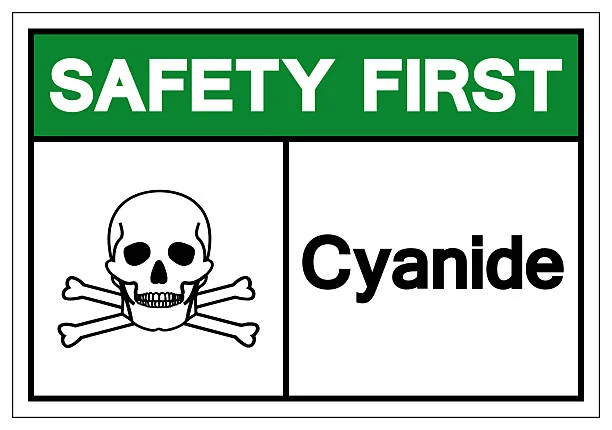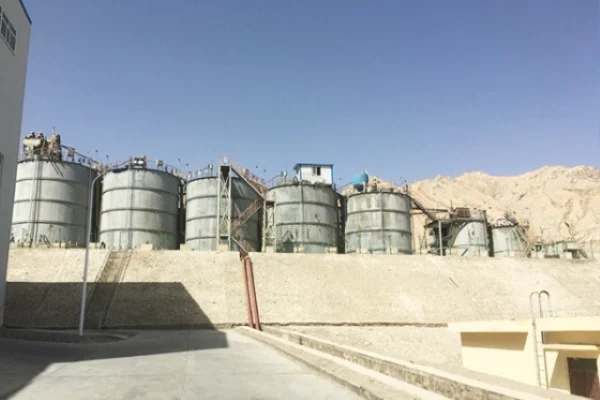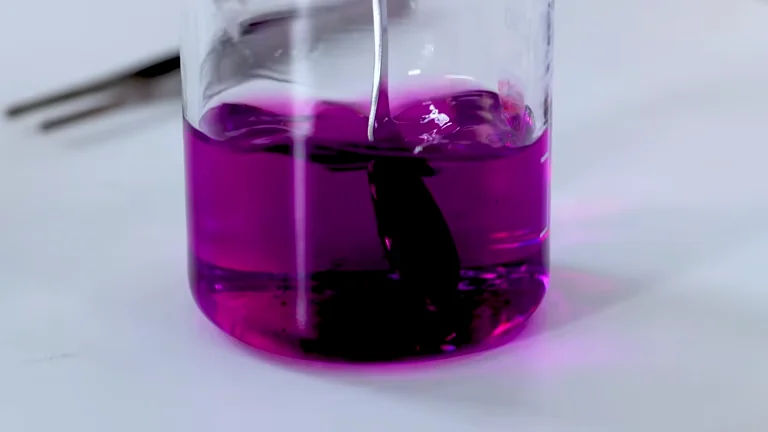
Introduction
In the gold mining and extraction industry, Cyanidation is a widely used method for recovering gold from ores. However, the high consumption of Sodium cyanide not only increases production costs but also poses environmental risks due to its toxicity. Finding effective ways to reduce Sodium Cyanide consumption while maintaining or improving gold recovery rates is a crucial challenge for the industry. One such approach that has shown promise in production practice is the reasonable increase in the dosage of Calcium oxide. This article will delve into the details of this production practice, exploring the underlying mechanisms, implementation strategies, and the achieved results.
The Role of Calcium Oxide in the Cyanidation Process
pH Adjustment
Calcium oxide, when added to the cyanidation system, reacts with water to form calcium hydroxide (Ca(OH)_2). This reaction increases the pH value of the pulp. In the cyanidation process, maintaining an appropriate alkaline pH is essential. A high pH environment helps to prevent the hydrolysis of sodium cyanide. Sodium cyanide (NaCN) can react with water in an acidic or near-neutral environment, resulting in the formation of hydrogen cyanide (HCN), a highly volatile and toxic gas. By increasing the pH to a range of around 10 - 11. the hydrolysis of sodium cyanide is inhibited, thus reducing its unnecessary consumption.
Chemical Reactions with Impurities
Ores often contain various impurities such as iron, copper, and zinc. These impurities can react with sodium cyanide, forming complex cyanide compounds and consuming a significant amount of sodium cyanide. Calcium oxide can react with some of these impurities. For example, iron in the ore can exist in the form of iron oxides or sulfides. Calcium oxide can react with acidic substances produced during the oxidation of iron sulfides, neutralizing them. This reduces the amount of acid in the system, which in turn helps to maintain the stability of sodium cyanide. Additionally, calcium oxide can precipitate certain metal ions as hydroxides. For instance, copper ions (Cu^{2 +}) can react with hydroxide ions from calcium hydroxide to form copper hydroxide (Cu(OH)_2) precipitate. This precipitation reaction removes copper ions from the solution, preventing them from reacting with sodium cyanide and reducing the consumption of sodium cyanide.
Production Practice Details
Ore Characteristics and Initial Conditions
The production plant where this practice was carried out processed a specific type of gold - bearing ore. The ore had a certain content of gold, along with significant amounts of iron sulfide minerals and other impurities such as copper and zinc. Initially, the cyanidation process was operating with a relatively high consumption of sodium cyanide. The pH of the pulp was maintained at around 9 - 9.5. and the dosage of calcium oxide was relatively low. The gold recovery rate was also not at an optimal level.
Adjusting the Calcium Oxide Dosage
In the first stage of the practice, the dosage of calcium oxide was gradually increased. The initial dosage was around 1 - 2 kg/t of ore, and it was increased in increments of 0.5 kg/t over a series of production batches. As the calcium oxide dosage was increased, the pH of the pulp gradually rose. Simultaneously, close attention was paid to the impact on the cyanidation process, including the reaction rate, gold recovery rate, and sodium cyanide consumption.
Monitoring and Control
During the production practice, several key parameters were continuously monitored. The pH of the pulp was measured at regular intervals using pH meters installed in the pulp flow. The concentration of sodium cyanide in the solution was determined using titration methods. The gold recovery rate was calculated by analyzing the gold content in the feed ore, tailings, and pregnant solution. In addition, the particle size distribution of the ore was also monitored as it can affect the reaction kinetics. Based on the monitored data, adjustments were made to the calcium oxide dosage and other operating parameters. For example, if the pH rose too rapidly and exceeded 11.5. the calcium oxide dosage was slightly reduced to prevent any negative impacts on the gold extraction process.
Results and Benefits
Reduction in Sodium Cyanide Consumption
As the calcium oxide dosage was increased to an appropriate level (ultimately reaching around 4 - 5 kg/t of ore in this case), a significant reduction in sodium cyanide consumption was observed. Initially, the sodium cyanide consumption was approximately 4 - 5 kg/t of ore. After optimizing the calcium oxide dosage, the sodium cyanide consumption decreased to around 2 - 3 kg/t of ore, representing a reduction of about 30% - 50%. This reduction in sodium cyanide consumption directly led to a substantial decrease in production costs.
Improvement in Gold Recovery Rate
Surprisingly, not only did the sodium cyanide consumption decrease, but the gold recovery rate also improved. Before the adjustment of calcium oxide dosage, the gold recovery rate was around 80% - 85%. After the optimization, the gold recovery rate increased to 85% - 90%. This improvement in gold recovery can be attributed to the better control of the cyanidation environment. The increased pH and the removal of impurities by calcium oxide helped to create a more favorable condition for the dissolution of gold.
Environmental and Safety Benefits
With the reduction in sodium cyanide consumption, the environmental impact of the cyanidation process was significantly reduced. Less sodium cyanide in the effluent means lower toxicity levels, reducing the potential harm to the environment. Moreover, the decrease in the formation of hydrogen cyanide gas due to better pH control also enhanced the safety of the production process for workers.
Conclusion
The production practice of reasonably increasing the dosage of calcium oxide has proven to be an effective way to reduce sodium cyanide consumption in the cyanidation process. By understanding the role of calcium oxide in adjusting pH and reacting with impurities, and through careful monitoring and control during the production process, significant benefits can be achieved. These benefits include cost savings, improved gold recovery rates, and enhanced environmental and safety performance. This practice can serve as a valuable reference for other gold mining and extraction plants facing similar challenges in reducing sodium cyanide consumption. Further research and optimization in this area may lead to even more efficient and sustainable cyanidation processes in the future.
- Random Content
- Hot content
- Hot review content
- Shock Tube Detonator
- Food Grade Heavy Light Precipitated Calcium Carbonate Powder Granular 99%
- Gold Ore Dressing Agent Safe Gold Extracting Agent Replace Sodium Cyanide
- 2-Hydroxyethyl acrylate (HEA)
- 99% Animal Feed Additive DL Methionine
- Strontium carbonate
- Ethyl Methyl Carbonate (EMC) 99%
- 1Discounted Sodium Cyanide (CAS: 143-33-9) for Mining - High Quality & Competitive Pricing
- 2China's New Regulations on Sodium Cyanide Exports and Guidance for International Buyers
- 3Sodium Cyanide 98% CAS 143-33-9 gold dressing agent Essential for Mining and Chemical Industries
- 4International Cyanide(Sodium cyanide) Management Code - Gold Mine Acceptance Standards
- 5China factory Sulfuric Acid 98%
- 6Anhydrous Oxalic acid 99.6% Industrial Grade
- 7Oxalic acid for mining 99.6%
- 1Sodium Cyanide 98% CAS 143-33-9 gold dressing agent Essential for Mining and Chemical Industries
- 2High Quality 99% Purity of Cyanuric chloride ISO 9001:2005 REACH Verified Producer
- 3Zinc chloride ZnCl2 for High Molecular Weight Polymers Initiator
- 4High Purity · Stable Performance · Higher Recovery — sodium cyanide for modern gold leaching
- 5High Quality Sodium Ferrocyanide / Sodium Hexacyanoferr
- 6Gold Ore Dressing Agent Safe Gold Extracting Agent Replace Sodium Cyanide
- 7Sodium Cyanide 98%+ CAS 143-33-9











Online message consultation
Add comment: